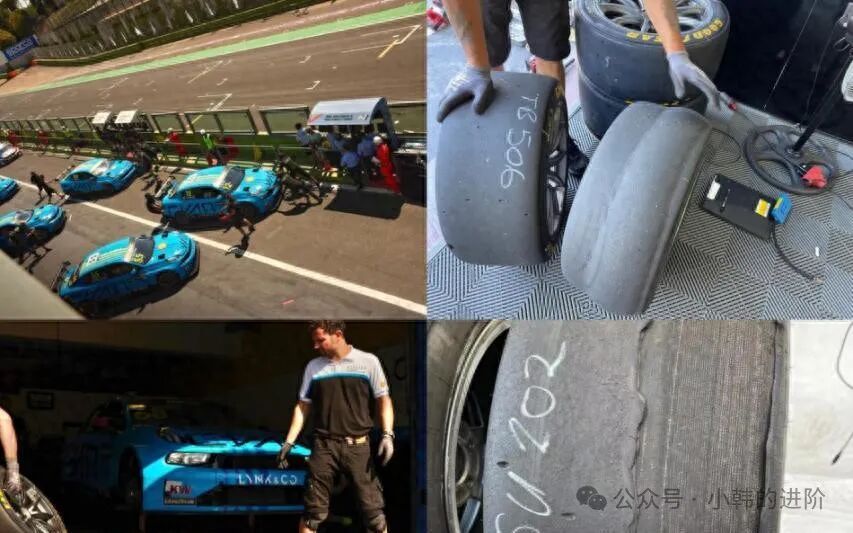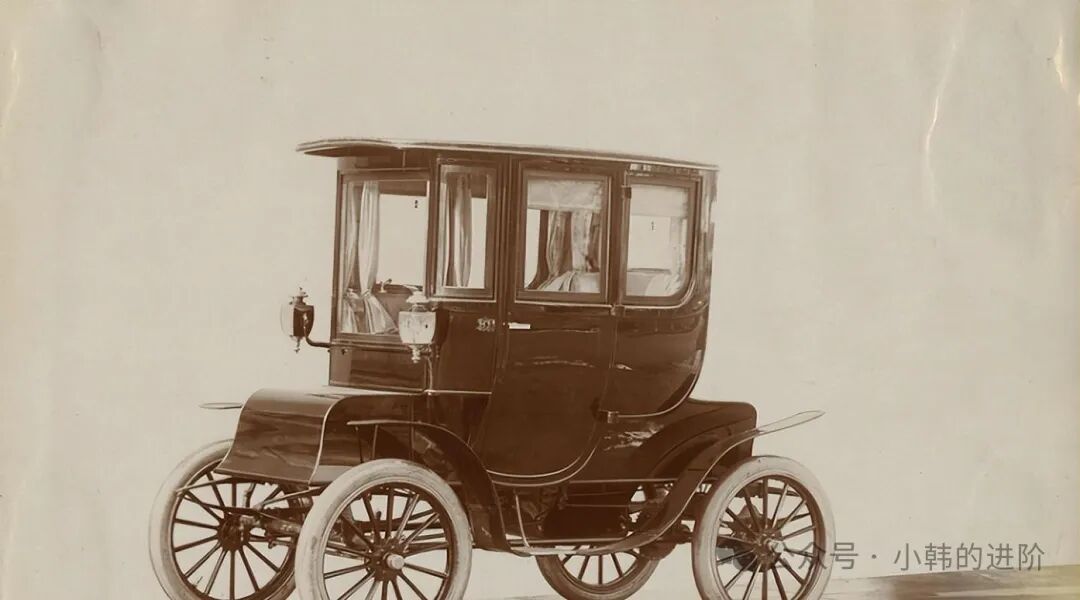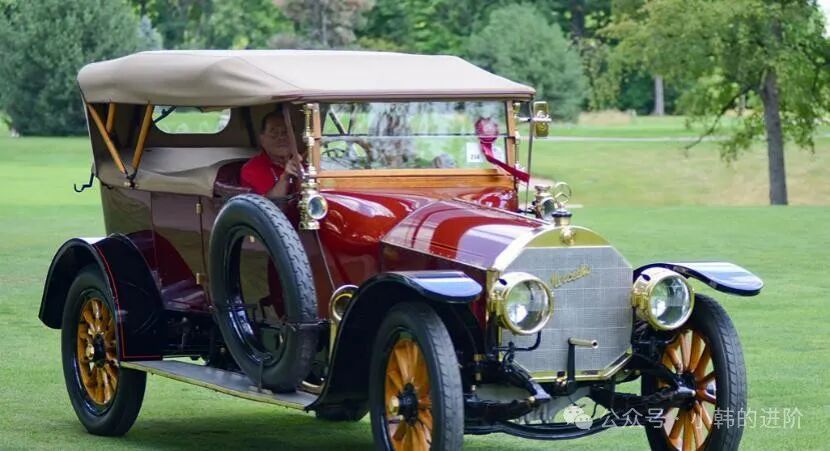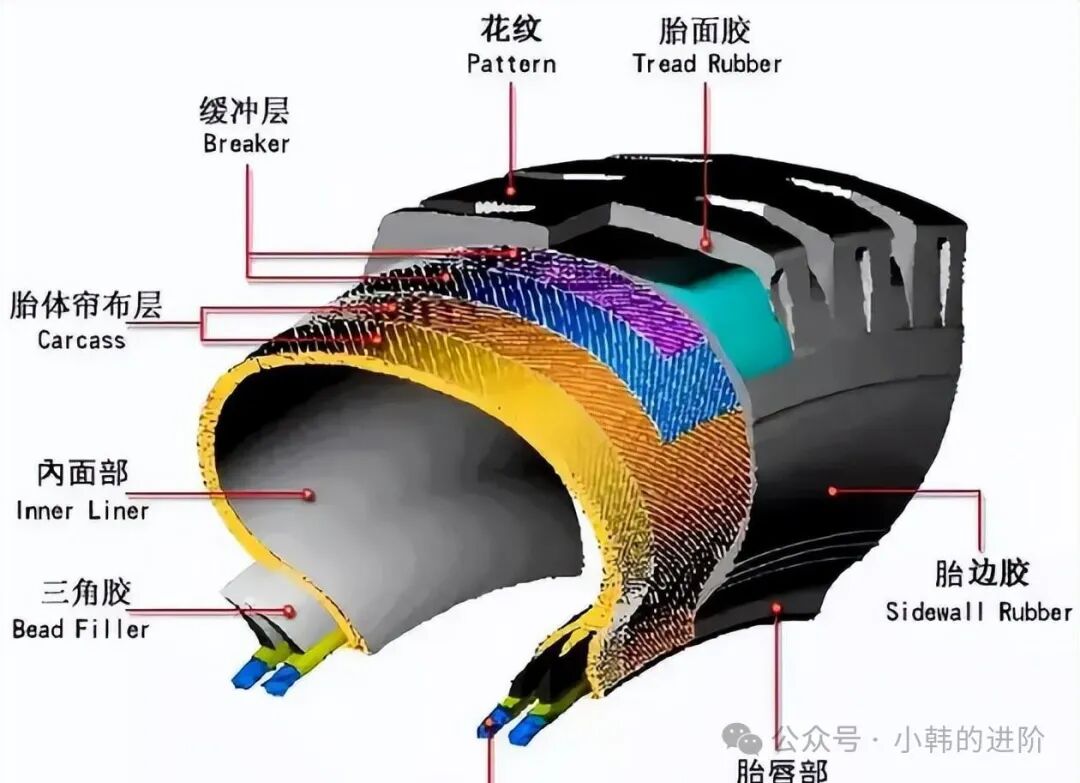Accompaniment is the longest confession of love.


Click the blue text to follow me.

What Makes Bus Tires Smart? The Technology Behind Them
1
Introduction
Wheels have rolled for thousands of years, evolving from stone wheels to wooden wheels and now to high-tech rubber tires. This seemingly simple circle carries the dreams and safety of human travel.
But who would have thought that on the 4,300 buses in Qingdao, each tire carries a small RFID chip, quietly recording its “life”?
That’s right, these tires have their own “identity cards”!
They can report tire temperature, pressure, and mileage in real-time, and track their “past lives”—which vehicle they were once mounted on, how their positions changed, all clear as day.
This operation is simply mind-blowing compared to traditional tires!
Consider that over 70% of highway accidents are caused by blowouts; a smart tire could be a lifeline.
When tires also start to “connect to the internet,” and rubber gains “intelligent wings,” how much safer will our travels become?
This is perhaps the most down-to-earth technological revolution!
2
Argument 1: The Exciting Evolution of Tire Safety from Wooden Wheels to Smart Tires
Honestly, the evolution of tire technology is like a thrilling adventure story.
Think about it, from the primitive wheel of 3500 BC to today’s smart tires, this journey is anything but short.
In the early automotive era, 30 kilometers per hour was considered fast; any faster?
Sorry, the tires couldn’t handle it, and a blowout could send you flying!
Back then, advertisements had to specifically remind: do not drive in rain or ice.
Can you not drive in the rain?
Isn’t that funny!
Tire tread patterns are not just for looks.
From 1908 to 1912, inspired by non-slip shoe soles, tire tread patterns were introduced.
These grooves and bumps have a lot of knowledge behind them—more lateral patterns provide better grip, but poor drainage; longitudinal patterns drain well but lack grip in turns.
Tire manufacturers spend years and money researching to find the balance, ensuring you can turn without skidding, drive safely in the rain, and keep noise levels low.
This balancing technology is like the “Tai Chi” of the rubber world!

In 1946, Michelin in France created the world’s first “radial tire,” a moment akin to Einstein’s in the tire world.
The radial tire’s fabric is arranged at a 90° angle to the centerline of the tread, resembling the meridians on a globe, and the bead is reinforced with steel wire, significantly increasing safety at high speeds!
Do you know what the V and W markings on tires mean?
V represents a maximum speed of 240 km/h, while W indicates 270 km/h.
We ordinary people may not need such high speeds?
Not so fast; this means the tires have a large safety margin under normal conditions, effectively adding double insurance to your driving safety!
Tire standing waves sound sophisticated, but they occur when the tire’s elastic recovery can’t keep up with the pressure rhythm, like a person gasping for air.
Too fast or too soft a tire material can cause standing waves, leading to—boom!
A blowout that sends you flying.
This type of blowout is more dangerous than a regular one because it can’t be prevented even with normal tire pressure.
So experienced drivers know, during long highway trips, to check the tires when resting; if they feel hot, it indicates the tire temperature is too high, and it’s best to rest longer before hitting the road again.
Also, tire misalignment may seem like a minor issue, but it hides deeper problems.
New drivers often overlook this; if the steering wheel isn’t centered while driving straight, the tires will quietly wear down.
It’s easy to check for misalignment; if the steering wheel isn’t centered when driving straight, or if the car drifts to one side when you let go of the wheel, you need to check tire pressure and wear.
If severe, the chassis components may have deformed, which can’t be fixed just by inflating the tires.
3
Argument 2: The Smart Evolution of Bus Tires with Chips
The tires on those 4,300 buses in Qingdao aren’t just randomly fitted with chips; behind this is a complete intelligent tire management system called ITMS.
From the moment each tire leaves the factory, its identity information is written into the chip, unique like a person’s ID number.
Staff scan the vehicle with a handheld device, then scan the tire, establishing the tire’s relationship with the vehicle, recording its “marriage history” more reliably than a civil affairs bureau!

The power of this system lies in its ability to record not just static information.
As the buses run on the road, the temperature, pressure, and mileage of each tire are monitored in real-time.
Imagine, previously, tire issues were identified through driver experience or regular checks, but now the system directly issues warnings: “Tire 3 has abnormal temperature, please check,” effectively eliminating safety hazards at the root!
Even better, these tires can be tracked throughout their entire “career” even if they change positions.
Tire A originally served on the right front of vehicle 1 for 50,000 kilometers, then moved to the left rear of vehicle 2; all this information is crystal clear.
This means management can accurately assess each tire’s lifespan, avoiding premature scrapping and waste, and preventing safety hazards from overuse.
Private car owners might think: this technology is still far from me.
But don’t forget, starting January 1, 2020, all passenger cars produced in China are required to install TPMS (Tire Pressure Monitoring System).
This is just the initial stage of smart tires, but it is significant—it became a standard safety feature even before ESP (Electronic Stability Program)!
Insufficient tire pressure is a major hazard, increasing friction with the ground, causing rapid temperature rise, softening the tire, and turning it into a ticking time bomb at high speeds.
With TPMS, at least this basic risk can be detected in time.
However, smart chip tires are a significant upgrade over simple pressure monitoring.
They can monitor more data dimensions and have a higher level of intelligence.
Think about those buses in Qingdao; the drivers no longer have to worry about tire “strikes,” and passengers enjoy an extra layer of safety.
When 4,300 buses in a city adopt this technology, the public transport safety level of that city is already leading the world!
4
Argument 3: The Perfect Combination of Tire Technology and Driving Experience

To be honest, no matter how smart the tires are, the ultimate goal is to enhance the driving experience and safety performance. Qingdao’s system has proven that smart tires are not just a concept from sci-fi movies, but are genuinely changing our travel methods.
Take bus drivers, for example; previously, they had to walk around the vehicle to check tire conditions for any obvious abnormalities before departure.
Now?
A dashboard can display the status of all tires, making it feel like jumping from the horse-riding era straight into the space age!
If any tire shows an anomaly, the system will immediately alert, allowing the driver to address the issue before it worsens.
This early warning mechanism transforms passive defense into proactive measures, significantly enhancing safety!
For fleet managers, this is a boon.
Traditional tire management relies on manual records and experience, which is inefficient and prone to errors.
With the smart system, the “life history” of each tire is clear at a glance: how many kilometers it has been used, how many times it has changed positions, what faults it has experienced, and how much longer it is expected to last… This data not only optimizes tire management processes but also helps analyze the performance of different brands and models, providing a scientific basis for future procurement decisions.
For passengers, although they may never know how smart the tires on their bus are, the sense of safety is very real.
Consider that over 70% of highway accidents are caused by blowouts; if smart tires can reduce this number by even 10%, how many lives could be saved!
Moreover, vehicles with well-maintained tires drive more smoothly, naturally enhancing passenger comfort, thus improving the travel experience without them even realizing it.
From a broader perspective, this technology also has positive implications for the sustainable development of urban public transport.
Accurate tire management can extend tire lifespan, reduce resource waste; prevent blowout accidents, decrease traffic congestion and social costs; optimize maintenance processes, and improve bus operation efficiency.
These seemingly small improvements accumulate to enhance the overall quality of the urban transportation system.

It is worth mentioning that smart tires perform even better under adverse road conditions.
In rainy or snowy weather, or construction zones, these traditionally high-risk areas pose significantly lower risks for vehicles equipped with smart tires.
The system will timely remind drivers based on tire status changes, and if necessary, even suggest reducing speed or changing routes.
This human-vehicle collaborative driving approach is an important component of future intelligent transportation.
5
Argument 4: The Future is Here, the Infinite Possibilities of Smart Tires
If the smart tires of Qingdao’s buses are just “entry-level” applications, then the technologies being nurtured in the laboratories of global tire giants are simply astonishing.
Michelin, Continental, Pirelli, and automotive manufacturers like General Motors, Volvo, and Audi are all heavily investing in smart tire research and development, competing for this future “blue ocean market”.
What is most exciting is that future smart tires will be deeply integrated with advanced driving assistance systems like ESP and ADAS.
Imagine, when a tire detects a slippery road, it not only alerts the driver but also automatically adjusts the ESP system parameters to optimize vehicle stability; when a tire detects severe wear, it not only alerts for replacement but also adjusts the ABS braking force to ensure braking safety.
Tires will evolve from passive “load-bearing tools” to active “decision participants”—this is like the “strongest brain” evolution in the automotive world!
In 2019, Pirelli showcased the “world’s first 5G-enhanced ADAS service,” which was truly impressive.
The Cyber smart tire equipped with sensors can not only “think” for itself but also “communicate” with other vehicles.
For example, when your tire detects a slippery road ahead, this information will be transmitted via 5G to the following vehicle, allowing the system to start decelerating to prevent skidding even before the driver of the following vehicle sees the danger.
This “tire dialogue” between vehicles lays the foundation for safe collaboration in the era of autonomous driving.

Self-repairing tires, run-flat tires, and airless tires—these technologies that sound like science fiction are now moving from the laboratory to the market.
Especially self-repairing tires, when punctured by sharp objects like nails up to 5mm in diameter, the sealing gel molecules can quickly seal the puncture.
Although there are still size limitations and lifespan issues, they already provide extra safety for daily driving.
In the future intelligent transportation ecosystem, tires will become important data collection terminals.
They directly contact the ground and can sense road conditions, temperature, humidity, and other environmental parameters; this valuable first-hand data can help urban traffic management departments assess road conditions in real-time and address safety hazards promptly.
Imagine, when thousands of vehicles in a city are continuously uploading road condition data, we can build a dynamic, high-precision “health map” of urban roads, which will be a tremendous boost for smart city development.
For ordinary car owners, future smart tires can also provide personalized driving suggestions.
Based on your driving habits, common routes, and tire wear, the system can recommend the most suitable tire pressure, optimal tire replacement time, and even automatically remind you to switch between summer and winter tires based on seasonal changes.
One day, your tire might “message” you on your phone app: “Owner, I have run 40,000 kilometers, and the tread depth of the right front tire is only 3mm; I suggest you replace it next week!”
This kind of human-vehicle interaction scenario may soon become a reality.
6
Conclusion
From the practice of Qingdao’s bus fleet, smart tires are no longer an unreachable future technology but are genuinely changing our travel methods.
When every tire has its own “identity card,” and every driving data is accurately recorded, our roads are becoming increasingly safe.
Imagine if all public buses, taxis, and even private cars across the country were equipped with smart tires; the rate of road traffic accidents would significantly decrease.
Tires have evolved from simple rubber rings to “smart tires” equipped with chips, showcasing a vivid example of technology empowering traditional industries.
As a car owner, would you be willing to equip your beloved car with such a “tire brain”?
When tires start to think, and rubber can connect to the internet, what kind of revolution will our driving experience undergo?
Looking forward to a smarter future and eager to see your thoughts in the comments!
Disclaimer: The information in this article represents personal opinions and does not guarantee complete accuracy. If there is any infringement, please contact for removal.
Don’t forget to click

Share,

Collect,

Look,

Like
Oh!